Introduction
Announced in September 2020, the Nikon Z 50mm f/1.2 S is the latest premium optic available for Nikon’s Z series of mirrorless cameras, and the first f/1.2 lens for the range.
Featuring 17 lens elements in 15 groups, including two ED glass elements and three aspherical elements, Nikon claims that this lens is incredibly sharp from edge to edge, and with its f/1.2 maximum aperture is ideally designed for low-light shooting.
There are anti-reflective Nano Crystal Coatings, along with ARNEO coatings to combat ghosting and flare, even in extreme conditions, plus there’s weather-sealing to keep it safe when using it in the elements.
Designed to appeal primarily to professional photographers and videographers, it features a number of specifications, such as a control dial and an OLED panel – we’ll go through these features in more detail in the Ease of Use section.
At the time of writing, the Nikon Z 50mm f/1.2 S retails for £2,299 / $2,099, so it’s one of Nikon’s more expensive lenses. We can expect the price to come down somewhat over time, but for the sake of comparison with the existing Nikon Z 50mm f/1.8 S lens, which retails currently for around £529 / $599, it’s a mammoth difference.
But is it worth it…? Let’s find out.
Ease of Use
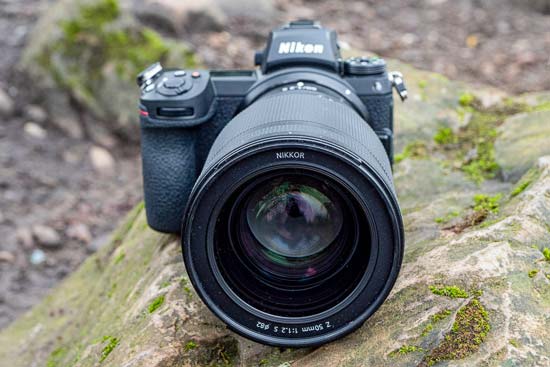
The Nikon Z 50mm f/1.2 S Lens is one of Nikon’s larger lenses in the Z series, with its large size and weight being unsurprising considering the very wide maximum aperture of f/1.2.
It’s significantly larger than the much more compact 50mm f/1.8 Z lens – and probably not one you’d want to consider as an “everyday” or “walk around” lens, but more for specific shooting requirements or events, such as portraits, weddings and so on.
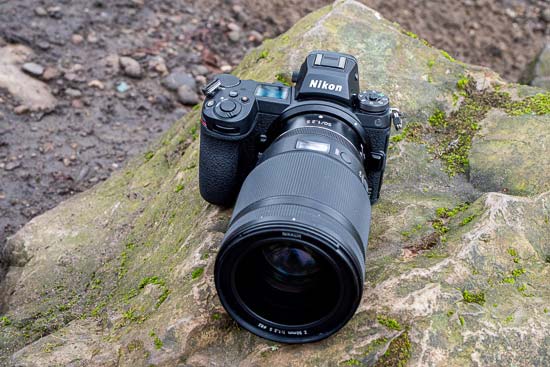
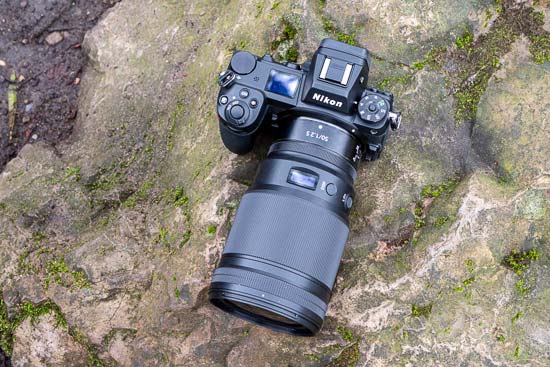
At 1090g, it’s by no means lightweight, while the 150mm length and 89.5mm diameter certainly adds to the chunky feel.
That said, it still balances fairly well with full-frame cameras in the Z series – we’ve been using it with the Z7 II, but it would also work well with the Z6 / Z6 II or Z5 (as well as the original Z7 too).
Although it will fit on the Nikon Z 50, the smaller size of that camera would make it a little unwieldy to use.
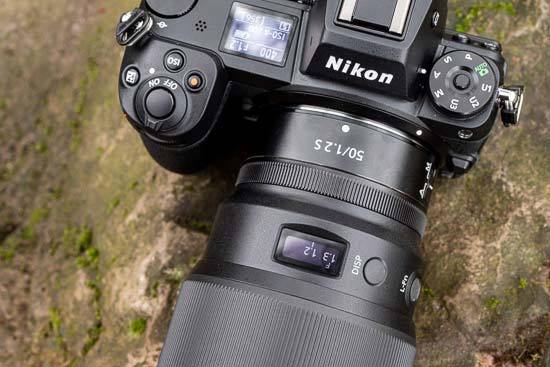
To attach the lens to your camera, you first need to line up the white dot around the base of the lens to the white dot on the lens mount.
Once you’ve done that, twist it to lock into place. When you want to release the lens, you need to push down the button at the side of the lens mount and twist in the opposite direction.
Like all Z mount lenses, the outward construction is fairly simple and straightforward. Towards the base you have the focal length and aperture written (50 / 1.2 S), while just next to it is a switch for moving between autofocus and manual focus. When working in autofocus, you can still manually override the focus if necessary.
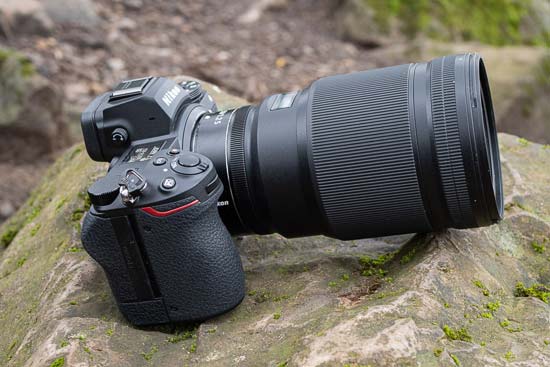
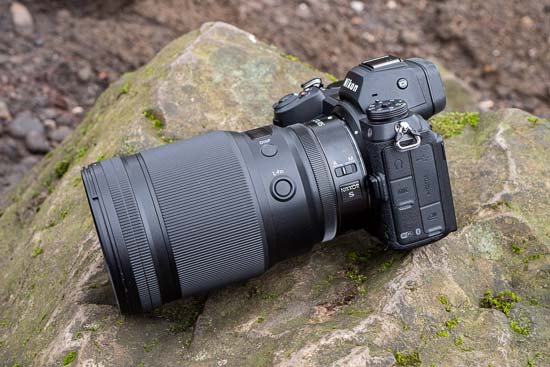
A thin, ridged ring sits towards the base of the lens. This is a control ring which can be set to a few different functions via the main menu.
It will have a default option, for example adjusting aperture in aperture priority, but you can also assign it to exposure compensation or ISO sensitivity if you prefer.
You can even set it to have function whatsoever, which might be helpful if you were worried about accidentally knocking it and changing a setting.
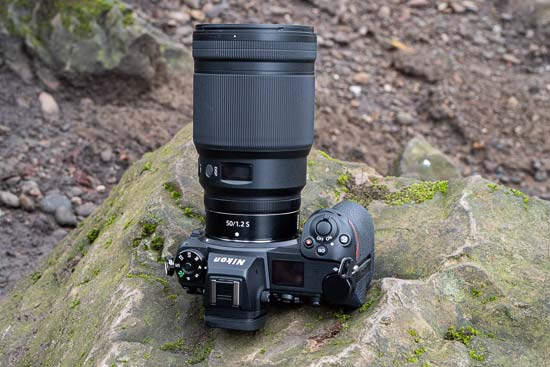
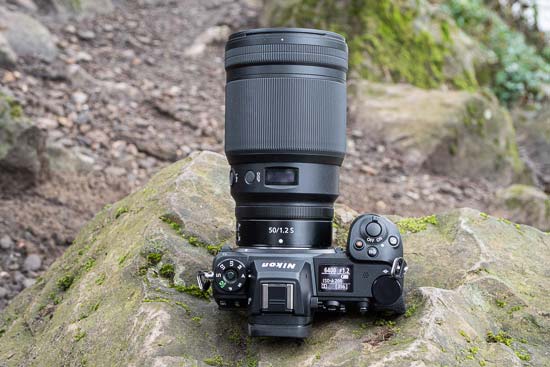
At the centre of the lens, you have a couple of things which are only found on Nikon’s more expensive, premium-end Z series lenses. That is a display window, and a customisable L-Fn button.
The former displays either aperture or focusing distance, but you need to press the display button first. It’s perhaps not as useful as the display window found on zoom lenses, but it can save you from looking at the back of the camera if you’re working in an unusual tripod setup.
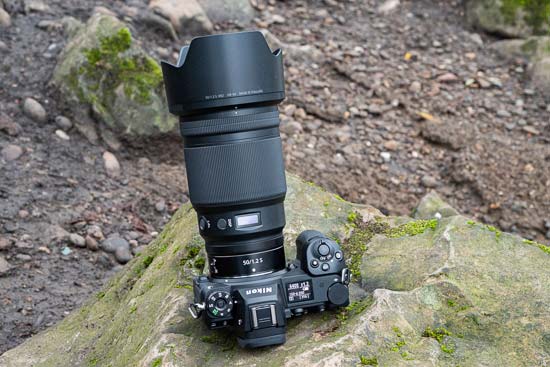
Unlike the control dial, the L-Fn button can be assigned to a far greater range of controls, including metering, switching on raw, zooming into the scene (to check for focus), playback and much more. Again, you can also have it set to “none” if you prefer.
A large ring in the centre of the lens is used for adjusting manual focus. This is ridged and has just enough give to make slight adjustments easy to do.
However, it doesn’t have hard stops at either end to help you ascertain when you’ve reached the maximum/minimum focusing limit – though if you switch on the display window, you’ll be able to see when you have reached either end of the scale.
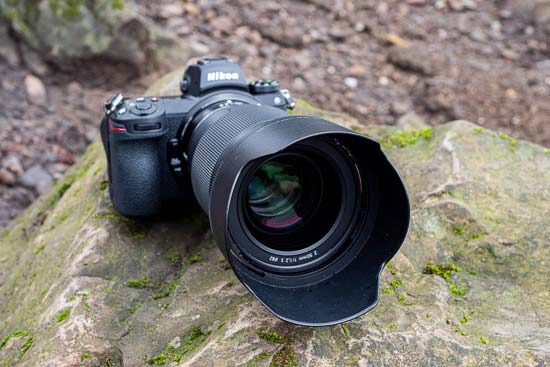

If you are using manual focusing, there are some settings you can activate to make it easier. From the camera’s main menu, switching on focus peaking will help you ensure easier focus, while zooming into the scene can also ensure focusing is on point – which is especially important if you want to focus manually at very wide apertures such as f/1.2.
Focusing, if you choose to stick with autofocusing, is very quick, and very quiet, which makes it ideal for use in a wide range of situations where quiet focusing is advantageous – for example while shooting video, or in quiet places such as churches.
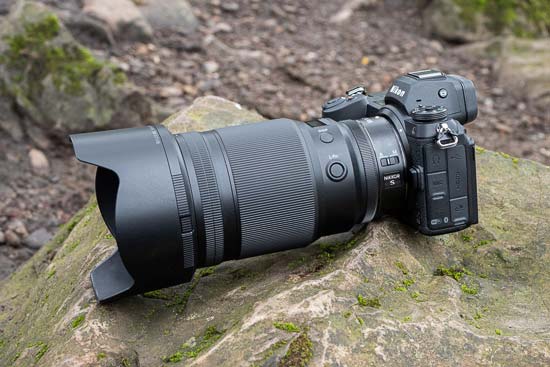
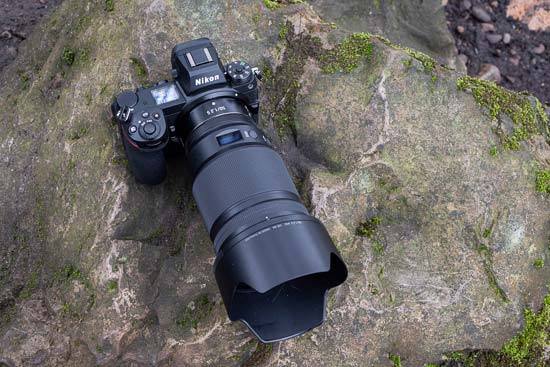
A lens hood is supplied in the box (HB-94), which you can attach to the front of the lens. To do this, you need to line up the white dot on the lens hood with the white dot at the front of the lens.
Simply then twist it to lock it into place – and do the reverse when you want to take it off. You can also turn the lens hood backwards for easier storage and transportation.
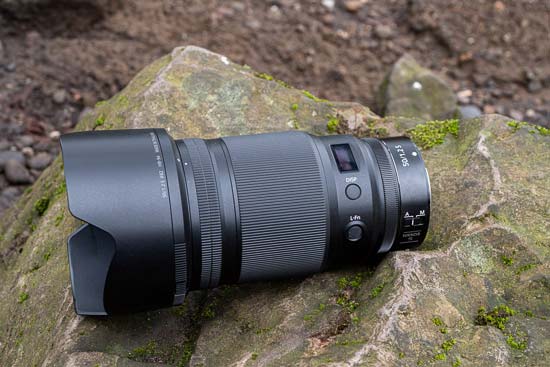
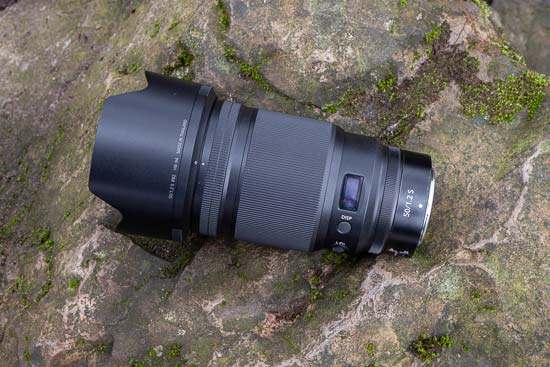
Focal Range
As a prime lens, the Nikon Z 50mm f/1.2 S has just one focal length. As it is primarily designed for use with full-frame cameras, the number written on the side of the lens is the correct focal length.
However, if you were to use it with an APS-C camera such as the Z50, or one of the full-frame models in crop mode, the equivalent focal length would be 75mm. The angle of view (full frame) is 47 degrees, or 31 degrees in DX format.

Chromatic Aberrations
Typically characterised by blue or purple fringing along high-contrast edges, chromatic aberration can be a problem with low-cost lenses.
We wouldn’t expect it to be prevalent with a premium lens such as the Nikon Z 50mm f/1.2 S, and real-world shooting reveals that to be the case.
Even shooting directly into the sun reveals very little in the way of very visible fringing, even when examining very closely.

Light Fall-off
As we’d expect from a lens with a wide f/1.2 aperture, there is some noticeable vignetting when you shoot wide open a subject like a white wall.
That said, it’s not particularly extreme and is far less noticeable when photographing “normal” subjects. The effect is lessened when shooting at f/1.4 and has all but vanished by f/2.0.

Distortion
With a standard length of 50mm, we wouldn’t expect this lens to have too many problems with distortions.
Our sample images indicate that to be the case, with very little noticeable barrel or pincushion distortion visible.

Macro
The Nikon Z 50mm f/1.2 S is not a designated macro lens, but its focal length lends itself well to typical macro-type subjects, such as flowers and so on.
You can get relatively close to the subject, with a minimum focusing distance of 0.45m. The maximum reproduction ratio is 0.15x.

Bokeh
Bokeh is a word given to out of focus areas in a shot, and is usually described in fairly qualitative terms, such as creamy, pleasing, beautiful and so on.
With an extremely wide maximum aperture of f/1.2, we’d expect the Nikon Z 50mm f/1.2 S to produce very attractive bokeh effects, and in real-world use it doesn’t disappoint.
However, since commentary on bokeh can often be said to subjective, we’ve included a few samples below for you to judge yourself.


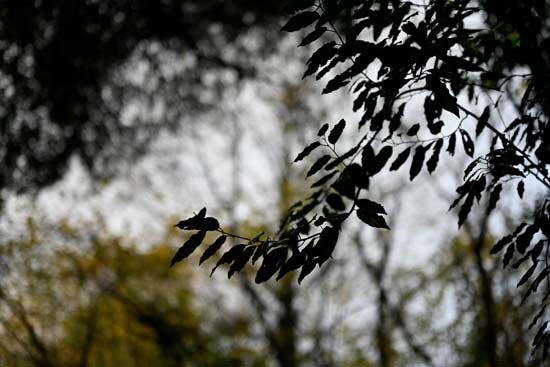

Sharpness
In order to show you how sharp this lens is, we are providing 100% crops on the following page.








